Explaining the reason for removing the minimum capital limit for implementing PPP projects, the Ministry of Planning and Investment said that many localities are expected to report to the Government and submit to the National Assembly for consideration and permission to apply these special policies.
Many localities want to remove the minimum capital limit for implementing PPP projects.
Explaining the reason for removing the minimum capital limit for implementing PPP projects, the Ministry of Planning and Investment said that many localities are expected to report to the Government and submit to the National Assembly for consideration and permission to apply these special policies.
Reduce pressure on the state budget
To National Assembly deputies who requested clarification of the practical basis for expanding investment fields and abolishing minimum capital scale without a summary and assessment of pilot results in some localities, the Ministry of Planning and Investment reiterated the Government 's report sent to the National Assembly 1 year ago.
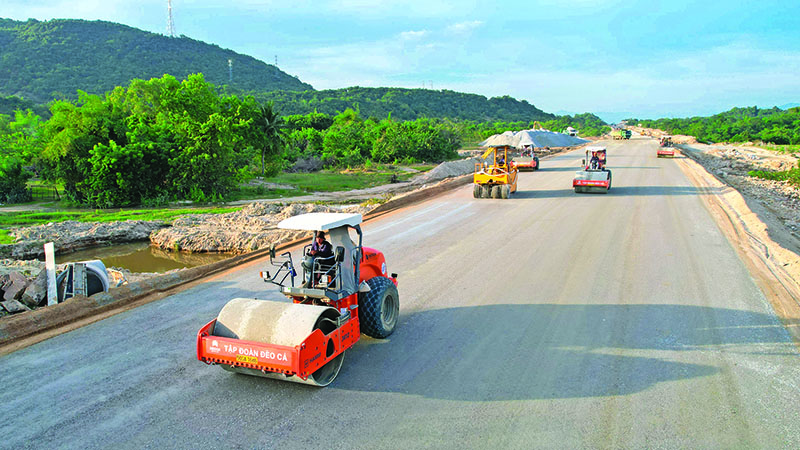 |
| In more than 3 years of implementing the PPP Law, 31 new projects are being implemented and 11 projects are preparing for investment under the PPP form . |
In Document No. 514/BC-CP dated October 5, 2023, the Government reported the results of reviewing legal documents, in which it summarized the opinions of ministries, branches and localities on difficulties in the implementation of the PPP Law, which are bottlenecks in attracting investment under the PPP method.
When developing National Assembly Resolutions to pilot investment policies under the PPP method in a number of localities, the problems that were resolved were not only the problems of one locality but of most localities across the country.
The Ministry of Planning and Investment reported that many localities are facing similar problems and are expected to report to the Government and submit to the National Assembly for consideration and permission to apply these special policies.
 In more than 3 years of implementing the PPP Law, there have been 31 new projects being implemented and 11 projects being prepared for investment under the PPP method.
In more than 3 years of implementing the PPP Law, there have been 31 new projects being implemented and 11 projects being prepared for investment under the PPP method.These projects are all key, large-scale national and local projects with a total investment of about 380,000 billion VND, requiring about 190,000 billion VND of state capital, and mobilizing 190,000 billion VND of private capital.
New PPP projects implemented under the provisions of the PPP Law are expected to form about 1,000 km of highways, 2 airports with 4C standards, 3 special-grade solid waste treatment facilities, 3 clean water supply plants, contributing to the expansion and upgrading of local transport, economic and social infrastructure works.

“Therefore, it is necessary to legalize these policies for nationwide application, ensuring consistency and synchronization in the legal system,” the Ministry of Planning and Investment explained in the Report sent to National Assembly deputies to explain, provide and clarify further information requested by National Assembly deputies when discussing in the Group on the draft Law amending and supplementing a number of articles of the Law on Planning, the Law on Investment, the Law on Investment under the Public-Private Partnership (PPP) method and the Law on Planning.
In the draft PPP Law, expanding the field and removing the minimum scale limit is a policy group to remove difficulties and obstacles to attract investment under the PPP method.
Currently, most of the investment sectors under the PPP method are lacking resources for investment, so expanding this method will remove resource bottlenecks and reduce pressure on the state budget. Because if not investing under the PPP method, the entire state budget may have to be used for investment, which will have a greater impact on the state budget.
Besides, the application of the "revenue increase and decrease mechanism" as prescribed by the PPP Law must meet certain conditions, ensuring strictness so as not to lead to widespread application.
Pursuant to the assigned tasks in Clause 3, Article 90 of the PPP Law, the Ministry of Planning and Investment has annually reviewed and comprehensively assessed the implementation of investment activities under the PPP method, identified obstacles, difficulties, causes and proposed solutions to overcome them. The Government has proposed to amend and supplement the PPP Law to remove obstacles and promote the effectiveness of the PPP investment method in the coming period.
Currently, localities have a great need to attract investment under the PPP method to invest in building medical and educational infrastructure. This is also an area that attracts the attention of many investors.
"Therefore, continuing to attract private investment in this field under the PPP method is very necessary," the Ministry of Planning and Investment clearly explained.
Shorten investment policy procedures
With the expansion of the field and the abolition of the minimum capital scale limit for PPP projects, there may be small and medium-sized PPP projects proposed for implementation in the future.
Therefore, to simplify procedures and speed up project implementation, the draft Law stipulates the authority of the Provincial People's Council to decide on group A projects, and the Provincial People's Committee to decide on group B and C projects.
This regulation creates a flexible mechanism in the management of each locality and still ensures the authority of the Provincial People's Council over large-scale projects that have a profound impact on the local socio-economy.
This is the explanation that the Ministry of Planning and Investment sent to delegates requesting consideration of regulations on the authority to decide on investment policies for PPP projects for group B and group C projects managed by localities, which is decentralized from the Provincial People's Council to the Provincial People's Committee.
Also related to the proposals to clarify the basis for eliminating the procedures for establishing, appraising, and deciding on investment policies for PPP projects with a total investment equivalent to group B and group C projects according to the provisions of the law on public investment and not using state capital, the Ministry of Planning and Investment explained that this is necessary content, contributing to simplifying procedures and shortening project implementation time.
“The shortening of investment policy procedures for a number of project groups as mentioned above ensures feasibility and does not lead to conflicts with the law on public investment because these projects do not use public investment capital and do not have to follow the procedures for public investment projects according to the Law on Public Investment,” the Ministry of Planning and Investment clarified.
Also with the goal of shortening project preparation time, the Draft allows for the simultaneous implementation of a number of procedures to shorten project preparation time.
However, some delegates said that because the project has been approved for investment policy, there is enough basis to allocate capital and carry out the next steps, allowing early implementation could lead to conflicts in procedures during the implementation process and be inconsistent with the law on construction and the law on the state budget.
The Ministry of Planning and Investment clarified that, according to the provisions of Articles 11 and 28 of the PPP Law, investment preparation and bidding for investor selection are carried out in the following order: preparing a feasibility study report after the investment policy is established and preparing bidding documents after the feasibility study report is approved.
In practice, to simplify procedures and shorten project preparation time, the procedure for preparing a feasibility study report can be carried out simultaneously with the procedure for submitting the investment policy for approval and the procedure for preparing bidding documents can be carried out simultaneously with the procedure for submitting the project for approval. The Draft Law allows these procedures to be carried out simultaneously but still ensures that the above documents are only approved when they fully satisfy the legal basis as prescribed.
Therefore, this regulation does not contradict relevant legal provisions, helps shorten project preparation time (about 12 months) and still ensures a strict legal basis during implementation.
Source: https://baodautu.vn/nhieu-dia-phuong-muon-bo-gioi-han-von-toi-thieu-thuc-hien-du-an-ppp-d229278.html





![[Photo] Many young people patiently lined up under the hot sun to receive a special supplement from Nhan Dan Newspaper.](https://vphoto.vietnam.vn/thumb/1200x675/vietnam/resource/IMAGE/2025/5/18/6f19d322f9364f0ebb6fbfe9377842d3)

![[Photo] Ready for the top competitions of Vietnamese table tennis](https://vphoto.vietnam.vn/thumb/1200x675/vietnam/resource/IMAGE/2025/5/18/9c547c497c5a4ade8f98c8e7d44f5a41)
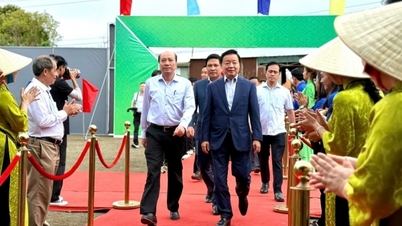







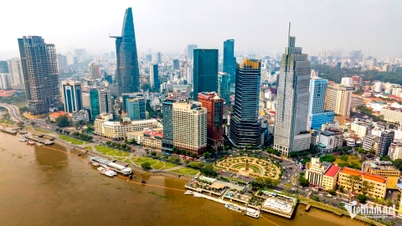






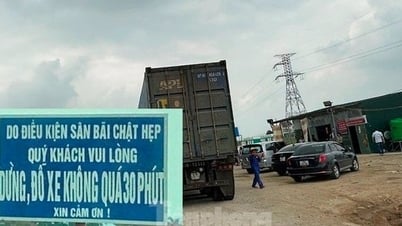

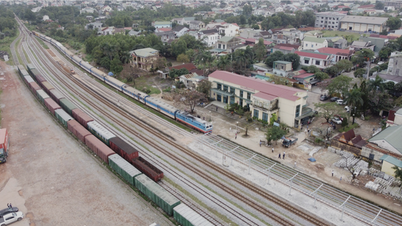










![[Photo] General Secretary To Lam visits exhibition of achievements in private economic development](https://vphoto.vietnam.vn/thumb/1200x675/vietnam/resource/IMAGE/2025/5/18/1809dc545f214a86911fe2d2d0fde2e8)













































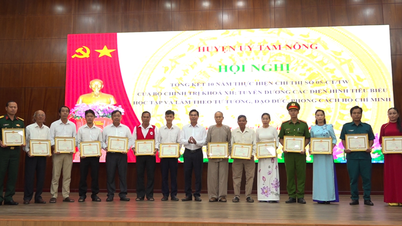
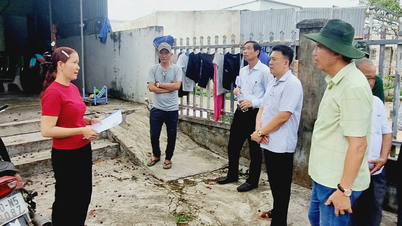



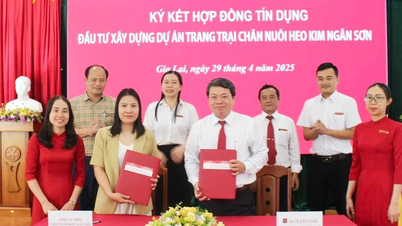


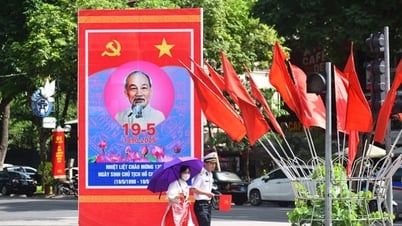










Comment (0)